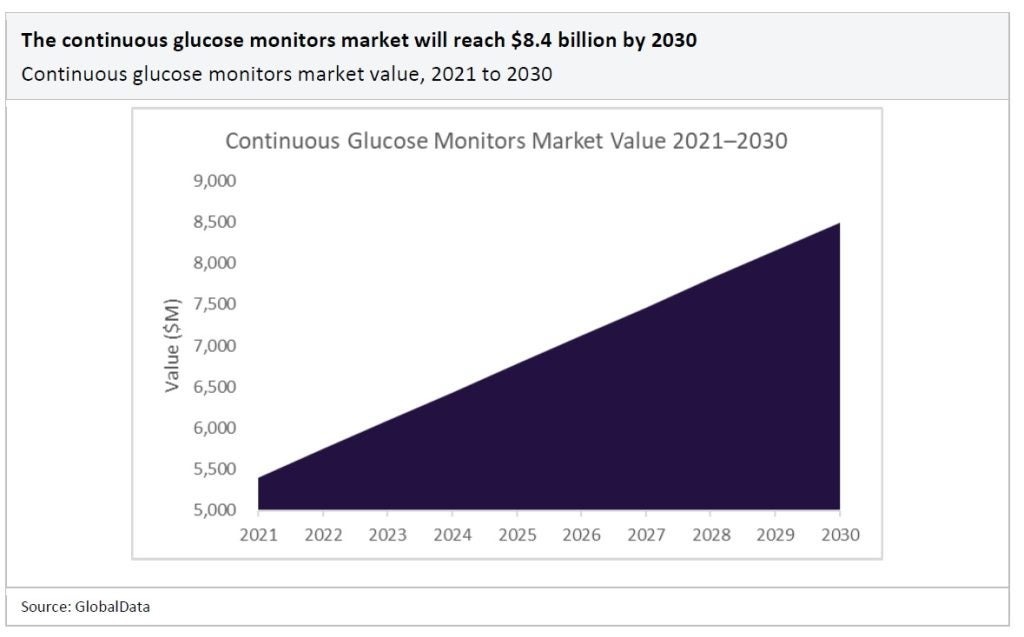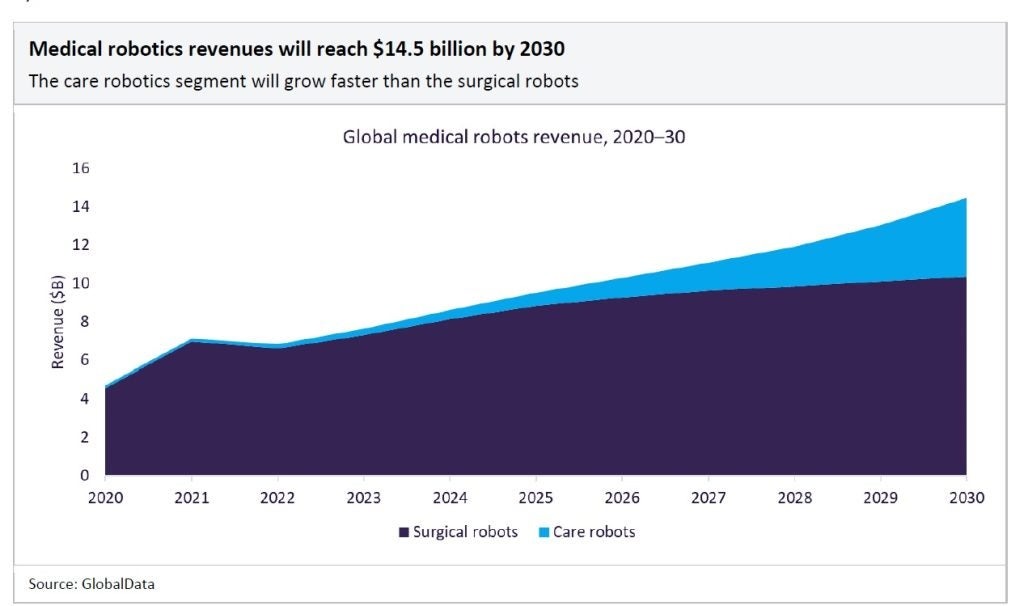Company Insight
Sponsored by Alleima
Five ways that digitalisation is revolutionising the healthcare industry
The digitalisation of healthcare has given a boost to the field of medical innovation. But how can the sector tackle supply chain issues, regulatory changes and pricing pressures to enter the next frontier in development?
Digital technologies have brought a new wave of innovation to healthcare, transforming the ways in which patients access medical services, professionals deliver care and organisations operate. From telemedicine to electronic records and smart hospitals to robotics, digitalisation is reshaping the landscape of healthcare, promising improved efficiency, enhanced patient outcomes and greater accessibility.
Telemedicine expands healthcare horizons
The use of telecoms technology to provide remote medical services has emerged as one of the most significant advancements in healthcare. Through video consultations and remote monitoring, patients can connect with healthcare providers regardless of their geographical location.
Telemedicine reduces barriers to healthcare access, especially for patients in rural areas or those with limited mobility. It enables timely interventions, early diagnosis and follow-up care, leading to improved patient outcomes and a more efficient use of resources.
Remote monitoring empowers patients
The proliferation of wearable devices, such as fitness trackers and smartwatches, has empowered individuals to monitor their own health and well-being. These devices collect and transmit valuable data, including heart rate, sleep patterns and physical activity levels. Remote monitoring technology allows healthcare professionals to track patients’ vital signs, chronic conditions, and post-operative recovery.
Such continuous monitoring enables early intervention, prevents complications and encourages proactive healthcare management. Furthermore, wearable devices promote patient engagement, encouraging individuals to take ownership of their well-being and adopt a healthier lifestyle.
Continuous monitoring devices are a major benefit for people living with conditions such as diabetes in that they can send emergency alerts if the patient’s glucose levels fall within dangerous levels. Furthermore, more advanced devices can automatically administer insulin at appropriate intervals.
According to GlobalData, the continuous glucose monitor market is growing rapidly.

Advances in technologies such as AI and cloud computing are making way for innovation in surgical robotics, which will see better clinical outcomes and reduce the workload for healthcare providers. Furthermore, manufacturers continue to improve robot design so that they are more efficient through innovations in engineering and metallurgy.
According to Tina Deng, medical device principal analyst at GlobalData: “Surgical robots are designed to solve the limitations currently present in minimally invasive surgeries, as well as to improve outcomes in open surgical procedures. These systems are utilised in a variety of surgical procedures, including cardiovascular, general surgery, orthopaedic, neurosurgery, obstetrics, gynaecology, and more. According to GlobalData forecasts, the total surgical robotics market was worth $4.6B in 2020 globally. By 2030, it will have grown at a strong compound annual growth rate (CAGR) of 8.5% to $10.3B, bolstered with the coming marriage of artificial intelligence (AI) and robotics within medical devices.”
“Economic downturns can also create a demand for more cost-effective solutions in healthcare. This could lead to increased interest in surgical robotics systems, as they offer greater efficiency and cost savings compared to traditional surgical methods. Robotic surgery systems allow surgeons to operate with greater precision, reduce complications, and result in faster recovery periods. Because robotic surgery is less invasive, patients typically require shorter hospital stays than they would with traditional open surgery.”
Streamlining data management with electronic health records
Gone are the days of paper-based medical records. Electronic health records (EHRs) have digitised patient data, enabling seamless information sharing among healthcare providers. EHRs consolidate medical histories, test results and treatment plans, providing a comprehensive overview of a patient’s health.
This real-time access to patient data enhances care coordination, reduces medical errors and supports evidence-based decision-making. EHRs also facilitate medical research and population health analysis by aggregating data.
According to GlobalData, there are more than 600 EHR system companies, with more additions each year. It is estimated that EHR systems will reach a global market value of $54.9 billion by the end of 2028.
Unlocking insights with artificial intelligence
Artificial intelligence (AI) and big data analytics have the potential to revolutionise healthcare delivery. AI algorithms can analyse vast amounts of patient data – including medical images, genomic information and clinical notes – to identify patterns and make accurate predictions. AI-powered diagnostic tools can help detect diseases early, improving survival rates and reducing healthcare costs.
Moreover, big data analytics can uncover population health trends, identify disease outbreaks and optimise the allocation of resources. These data-driven insights enhance healthcare decision-making, drive preventive measures and support personalised treatment plans.
While oncology has been the primary focus of precision and personalised medicine, many other areas will also benefit, such as autoimmune, neurodegenerative and cardiovascular diseases, as well as mental health.
Smart hospitals and robotics
Smart hospitals use innovative technology to improve the quality of patient care, while reducing costs. Examples of intelligent treatments include AI, robotics, 3D printing, augmented reality (AR) and virtual reality (VR).
Smart hospitals are integrating digital and physical assets in a way that ties together clinical and business workflows, enabling seamless integration across technology to deliver healthcare. These hospitals allow healthcare providers to spend more time focusing on patient care by helping to complete or simplify routine tasks.
According to GlobalData, the medical robot market, which is an important aspect of smart hospitals, will grow at a compound annual growth rate (CAGR) of 12%. In 2020, the market reached $4.7 billion and it is set to reach $14.5 billion in 2030.
Care robots are still quite new and in the early stage of development, but due to the ageing population, staff shortages and the cost efficiency of robotics, this segment is set to increase from 1% of the total medical robotics market in 2020 to 28% by 2030. However, surgical robots will continue to dominate.

Device manufacturers
Medical device manufacturers cannot afford to fall behind as the healthcare industry embraces digitalisation. Alleima works with medical device equipment manufacturers to design and deliver customised medical wire and wire-based components, ultra-thin tubes and nitinol instruments, which can be used in smart devices such as continuous glucose monitors and pacemakers, as well as neurostimulation and surgical devices, including catheters and guidewires and not the least – surgical robots.
To discover how Alleima could be your partner in this new era of digitalisation, welcome to visit us at the coming tradeshows – Medical Technology Ireland and Medical Fair Thailand.
Contact information
Alleima Advance Materials
1 Commerce Blvd.,
Palm Coast, FL, 32164,
United States
Tel: +1 386 445-2000
Fax: +1 386 447-5113
Email: ms.spc@alleima.com
Alleima Tucson
2424 East Aragon Rd
Tucson, AZ 85756
United States
Tel: +1 520 495 5927
Alleima Zug
Oberallmendstrasse 20a
CH-6300 Zug
Tel: +41 41 761 63 55
Email:sales@alleima.com
Alleima St Imier
Rue de Beau Site 8
CH-2610 Saint-Imier
Tel: +41 32 942 39 20
Email: info@alleima.com